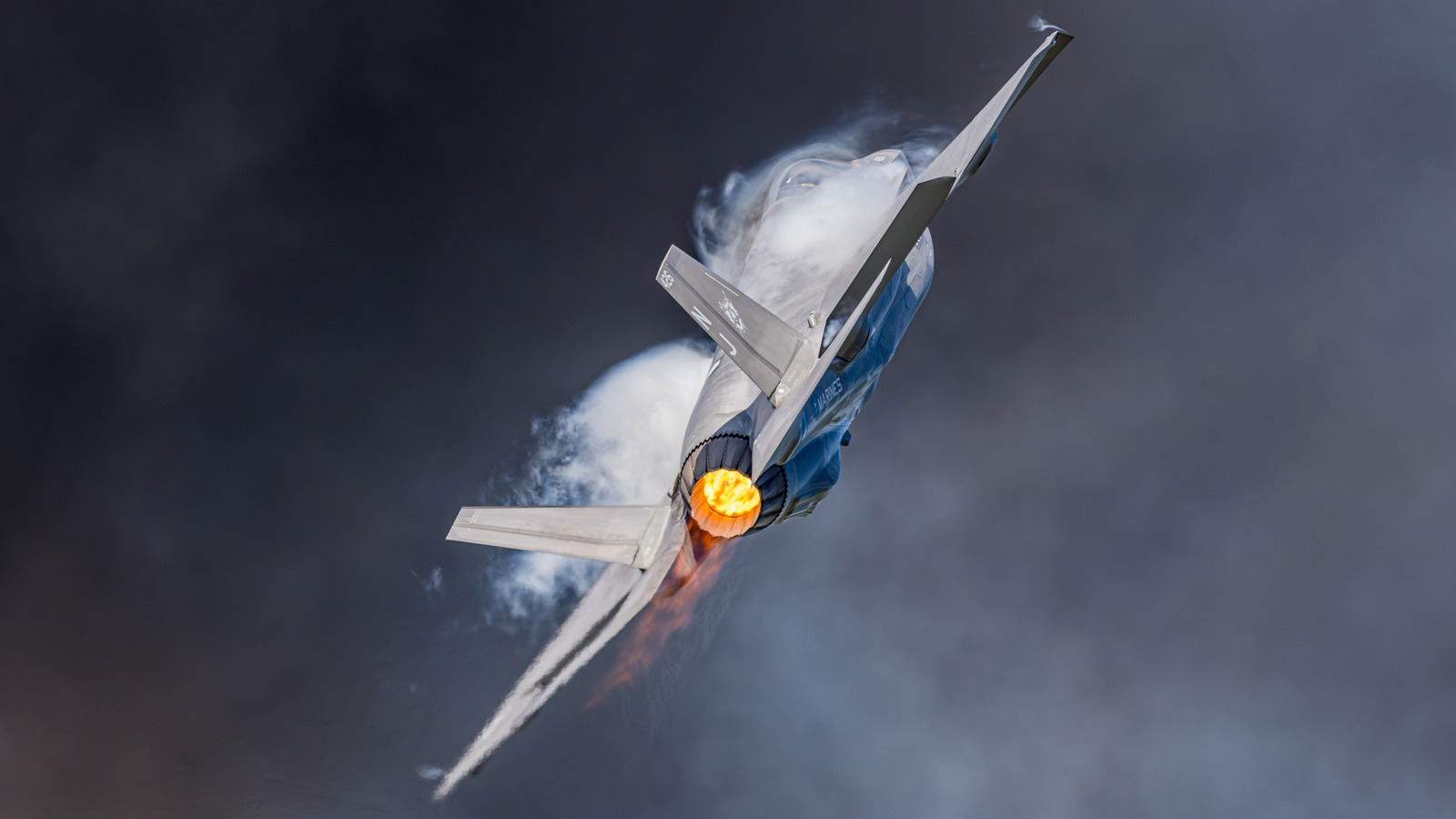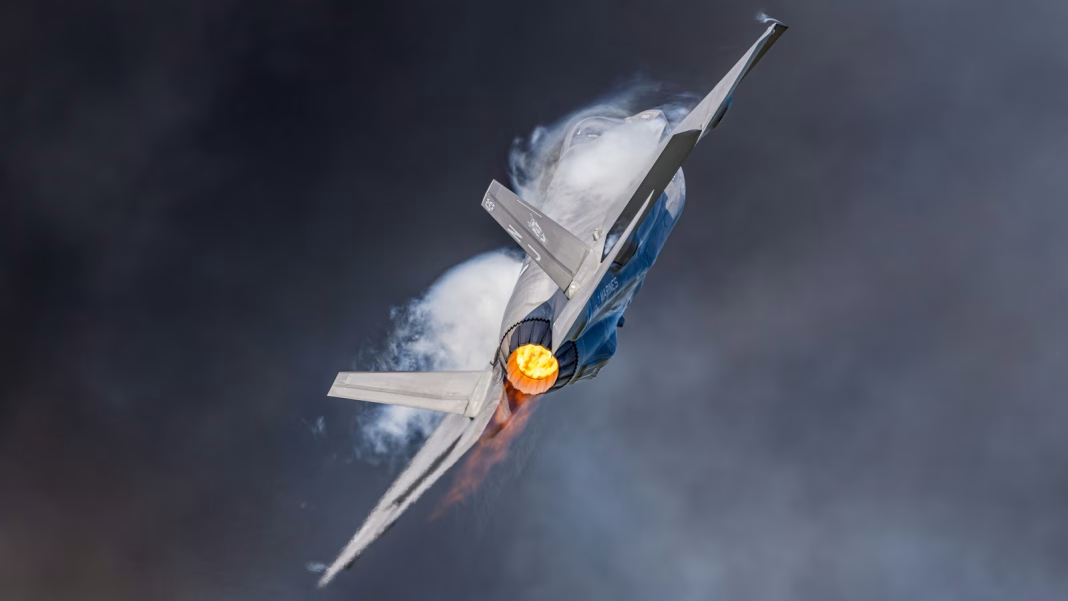Why Are US Allies Rethinking Their Fighter Jet Purchases?
Not long ago, American fighter jets—especially the F-35—were the crown jewel of air force upgrades for US allies. Countries from Europe to Asia lined up to modernize their fleets, eager to lock in decades of technological superiority. But lately, the mood has shifted. Several longtime partners are hitting pause, scaling back, or even walking away from deals that once seemed like a sure thing. So, what’s behind this sudden change of heart?
What’s Fueling the Doubt: Cost, Delays, and Political Pressure
For starters, the price tag on these advanced jets keeps climbing. The F-35, for example, was once touted as a cost-effective, next-generation solution. Yet, according to a 2023 report from the US Government Accountability Office, the program’s lifetime costs have ballooned to over $1.7 trillion. That’s not pocket change, even for wealthy nations. Add in maintenance headaches, software glitches, and delivery delays, and it’s easy to see why defense ministries are getting cold feet.
Then there’s the political calculus. Countries like Germany and Canada face domestic pressure to justify massive military spending, especially when social programs are under strain. And let’s not forget the optics: buying American hardware sometimes comes with strings attached, from technology transfer restrictions to operational limitations. For some allies, that’s a tough pill to swallow.
Are Alternatives Gaining Ground?
With doubts swirling around US jets, competitors are seizing the moment. France’s Dassault Rafale and Sweden’s Saab Gripen have both seen renewed interest. These aircraft may not match the F-35’s stealth or sensor fusion, but they offer reliability, lower costs, and fewer political entanglements. In fact, India’s recent decision to expand its Rafale fleet is a case in point—choosing flexibility and proven performance over bleeding-edge tech.
Meanwhile, some countries are doubling down on homegrown solutions. Japan and South Korea are investing heavily in indigenous fighter programs, aiming to reduce reliance on US suppliers. This isn’t just about pride; it’s about control. When you build your own jets, you call the shots on upgrades, exports, and operational doctrine.
How Do Shifting Alliances and Global Tensions Factor In?
Geopolitics never takes a back seat. As the US pivots its focus to the Indo-Pacific, some European allies worry about being left in the lurch. This uncertainty nudges them to diversify their defense relationships, whether that means buying European jets or collaborating on joint projects like the Future Combat Air System (FCAS) or Tempest.
At the same time, rising tensions with Russia and China have made air superiority more critical than ever. But the lesson from Ukraine is clear: drones, electronic warfare, and integrated air defenses are rewriting the playbook. Investing billions in manned fighters might not deliver the strategic edge it once did.
What Does This Mean for the Future of Air Power?
The era of one-size-fits-all fighter procurement is fading fast. Instead, countries are weighing a mix of manned and unmanned systems, tailored to their unique needs and budgets. Flexibility, adaptability, and cost-effectiveness are the new watchwords. And while the US will remain a major player, its dominance is no longer a given.
The big takeaway? Modernizing an air force isn’t about perfection—it’s about smarter adjustments. Start with one change this week, and you’ll likely spot the difference by month’s end.


